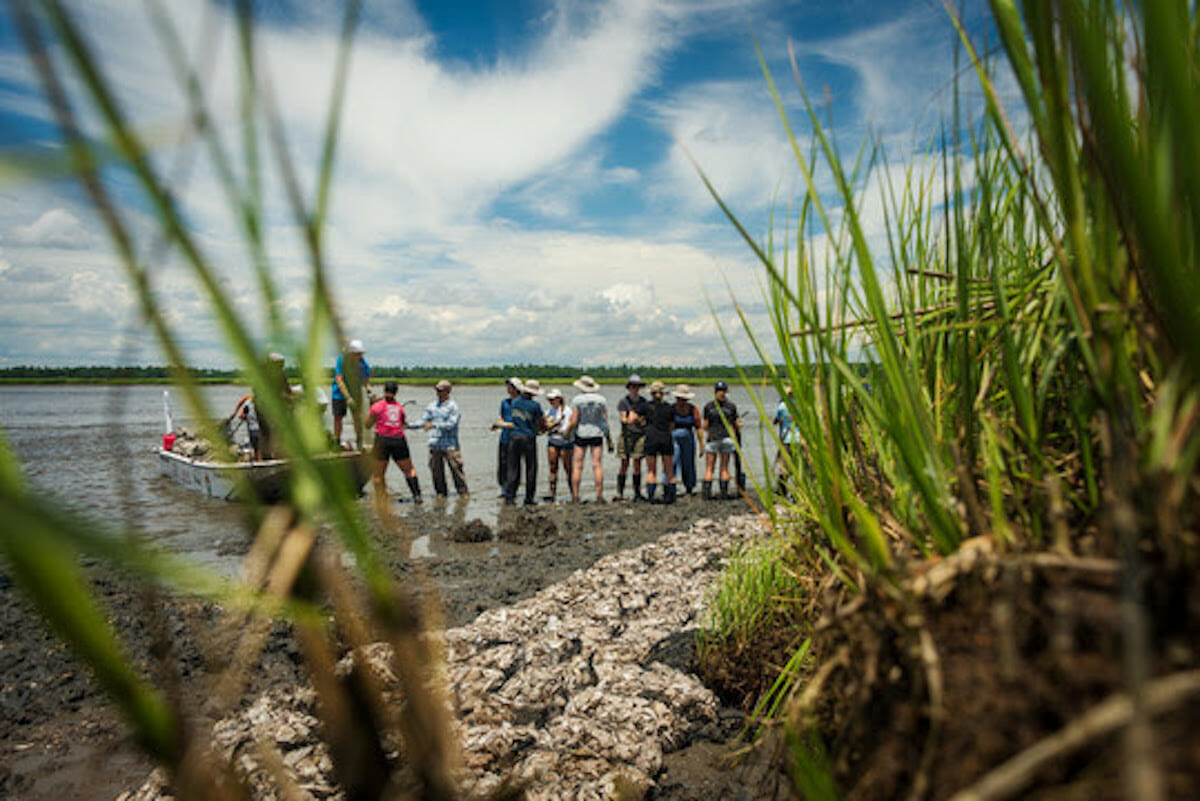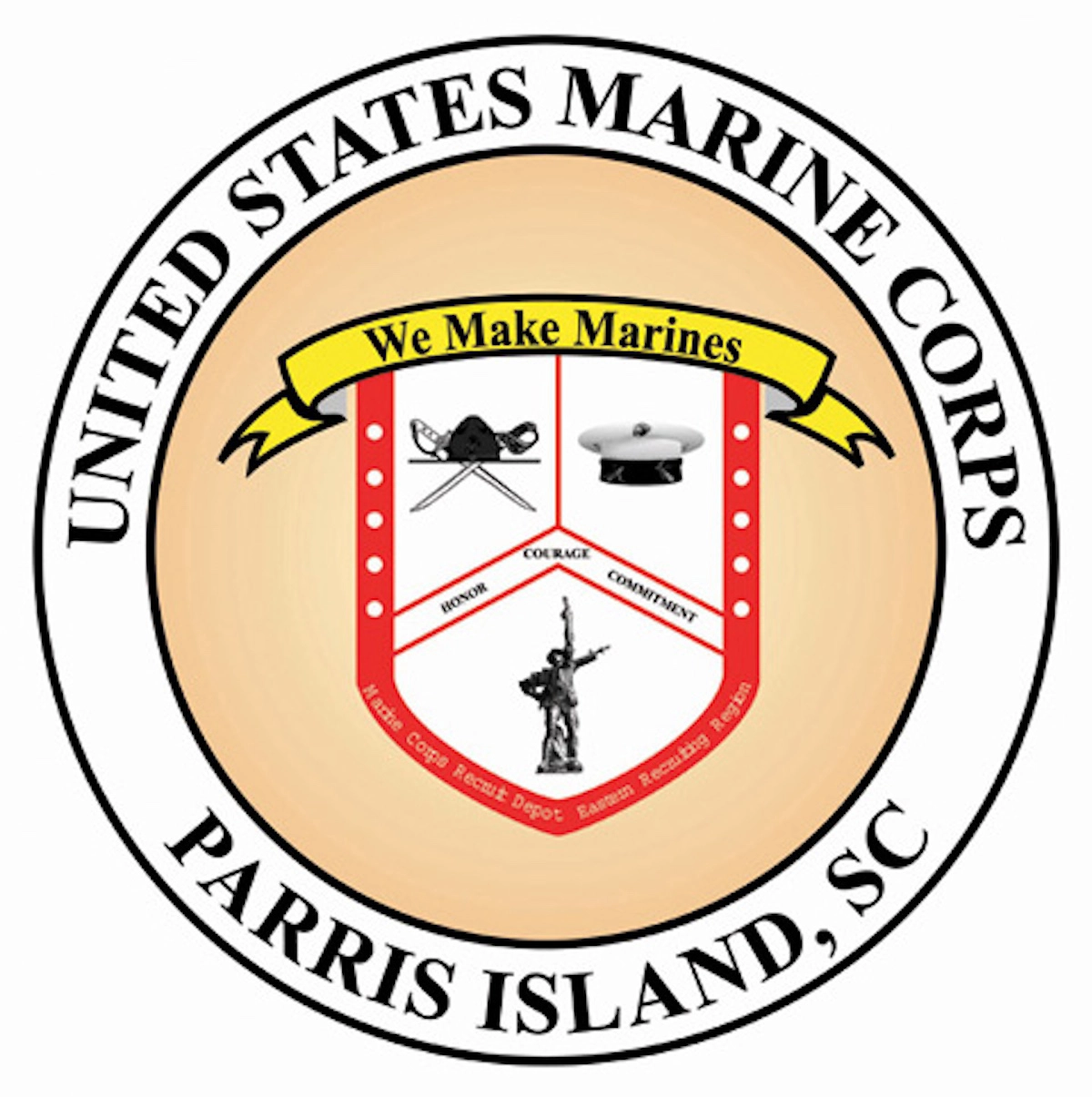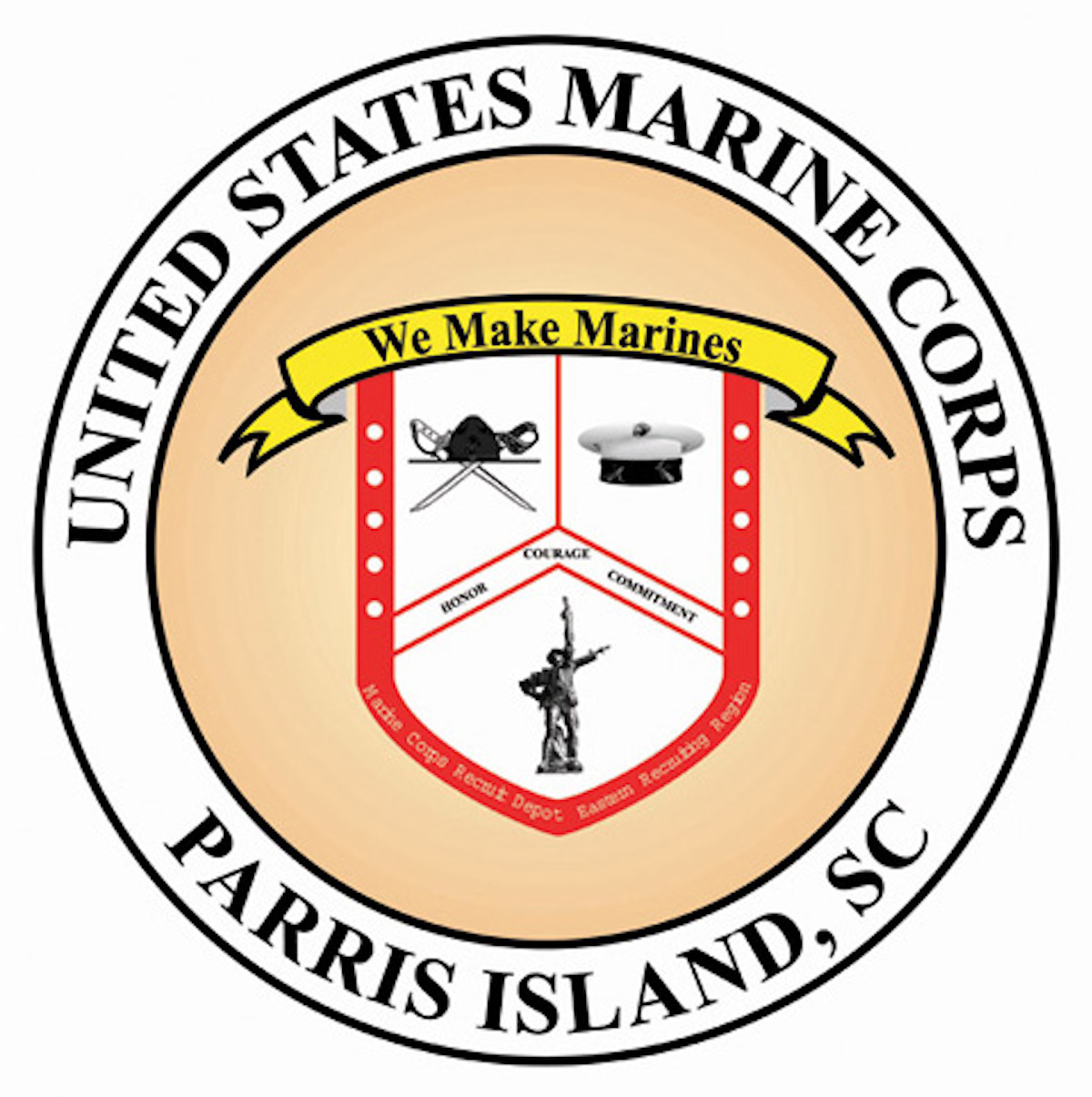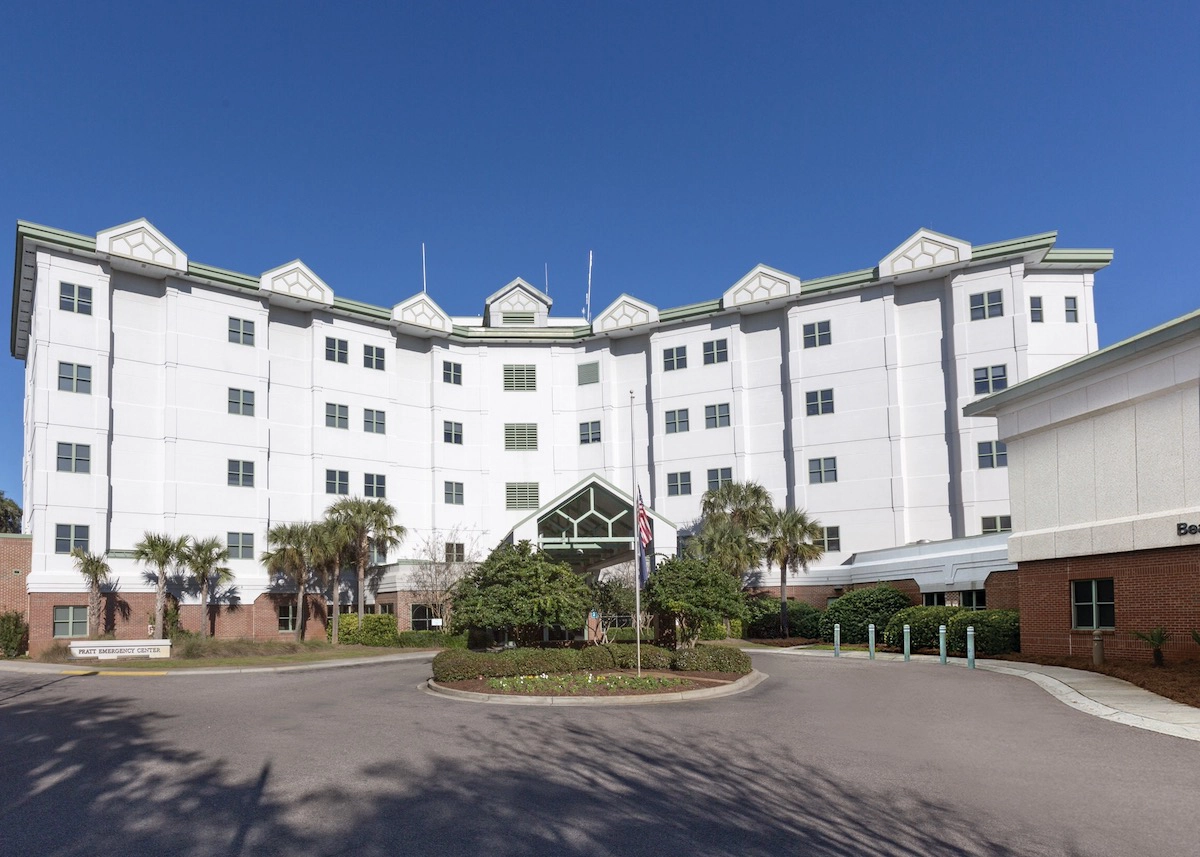From staff reports
The long-term resilience of Beaufort County’s military installations got a boost earlier this month with the announcement of a major grant to reduce climate impacts at Marine Corps Recruit Depot (MCRD) Parris Island and surrounding communities.
The Coastal Conservation League, the South Carolina Department of Natural Resources (SCDNR), Sustainability Institute (SI), MCRD Parris Island, and The Pew Charitable Trusts were awarded nearly $1.2 million to establish living shorelines near MCRD Parris Island in an effort to improve the area’s natural infrastructure. Unfolding over four years, the project will employ a diverse group of volunteers in oyster reef construction.
The completed project will have a total restored footprint of approximately 3.1 acres, which will ultimately protect about 390 acres. The grant was awarded through the National Fish and Wildlife Foundation’s National Coastal Resilience Fund and was announced Tuesday, Dec. 6.
“Parris Island values our partnerships with the local community and environmental organizations,” Parris Island Environmental Division Director Tracey Spencer said in a news release. “This grant funding provides us the opportunity to continue our art-of-the-small by implementing nature-based solutions to enhance resiliency within the Lowcountry.”
“We are excited for the opportunity to help preserve MCRD Parris Island and to work as partners with the Department of Defense,” said Faith Rivers James, Executive Director of the Conservation League, which established a Beaufort office in 1994. “We look forward to continuing our work in the South Coast, engaging and educating community members about the importance of protecting and restoring the local estuarine natural resources.”
Living shorelines are an increasingly popular strategy for addressing erosion by stabilizing shorelines with natural materials. In South Carolina, that often means using two of the most dominant features of the estuarine environment: oyster reefs and salt marsh grasses.
SCDNR biologists have been constructing living shorelines using recycled oyster shells for two decades and, more recently, planting Spartina grass to restore salt marsh. This restored habitat reduces storm surge impact, absorbs floodwaters, dissipates wind and wave energy, improves water quality, and provides habitat for birds, fish, and other wildlife.
“Living shorelines like these at Parris Island can also play a vital role in current efforts to protect a million-acre swath of salt marsh from North Carolina to northeast Florida that is at risk of disappearing under rising sea levels and that is crucial to recreational and commercial fishing, waterfowl hunting, birding, and other activities,” said Lora Clarke, an officer with The Pew Charitable Trusts’ conserving marine life in the United States project.
The project at Parris Island will rely heavily on volunteers to build the living shorelines and will use a “train the trainer” model to further expand the project’s impact.
“We’ll be working closely with the Sustainability Institute to train its AmeriCorps service members to coordinate and implement community-based volunteer events,” said biologist Michael Hodges, SCDNR’s lead on the project.
The project sites were identified through stakeholder collaboration and are located along significant waterways in Beaufort County on the Beaufort River (Intracoastal Waterway), Battery Creek, and Archers Creek.
Access to MCRD Parris Island is available only via a causeway, U.S. Highway 21, that is extremely vulnerable to flooding. Similarly, the surrounding community — including infrastructure and community resources like Beaufort Naval Hospital and Fort Frederick Cultural Reserve — is threatened by flooding events. Neighboring communities are mission critical to the infrastructure that supports the human capital needed to maintain Parris Island. Enhancing the habitat that helps strengthen the resilience of communities surrounding Parris Island will improve the resilience of the installation, and ultimately of the region and nation.










